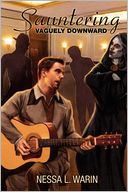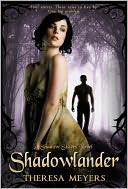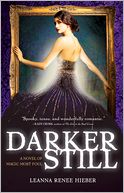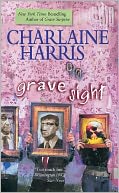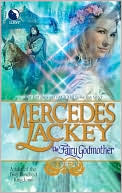In time for everyone’s holiday shopping, the best books of 2011 lists are popping up everywhere. This is in spite of the fact that 2011 still has two whole publishing months yet to go!
And maybe it’s me, but I kind of expect best books lists to be organized in lists of “top tens”. You know what I mean, the top ten books of the year, and then the top ten fiction, the top ten mysteries, top ten science fiction, top ten romance, etc., etc., etc.
 Amazon’s Top 100 Editor’s Picks went up on the Amazon site on November 8, but they also picked the top 10 books in each genre, grouping, or what-have-you. Admittedly, Amazon’s purpose is to sell books, but somebody still had to sit down and think about which ten books to highlight, even in such esoteric categories as “Quirky & Strange”, which is where they slipped in Go the F**k to Sleep and Pat the Zombie.
Amazon’s Top 100 Editor’s Picks went up on the Amazon site on November 8, but they also picked the top 10 books in each genre, grouping, or what-have-you. Admittedly, Amazon’s purpose is to sell books, but somebody still had to sit down and think about which ten books to highlight, even in such esoteric categories as “Quirky & Strange”, which is where they slipped in Go the F**k to Sleep and Pat the Zombie.
As far as I’m concerned, as long as they’re talking about reading, and about giving people books, whether print books or ebooks, for holiday presents, it’s all good.
But, but, but, you’re wondering why I took a look at this? I’m not going to critique the selections. As long as people are reading, it’s all good. Amazon treated every genre and every reading taste equally. If I looked hard enough, I’m sure they forgot someone, but at least they tried. And if someone wants to debate Amazon’s choices, that person is still talking about reading!
The Publishers Weekly 2011 best books list was released on November 4. The web app to view the list is very cool. But this time, I am going to debate the contents of the list. It’s not so much what’s on it, but how many. There are only 9 mystery and thriller titles. Just 9. This is not about whether those 9 are or are not awesome (I know one of them is definitely awesome) but shouldn’t this be a top ten list? Really?
 PW lumps Science Fiction, Fantasy and Horror into one big basket. One big and relatively empty basket. There are only six books mentioned, and all are from small publishers. While highlighting small publishers is terrific, it does make me wonder that none of the big SF or Fantasy titles were good enough to be on their best books list? Not Magician King or Wise-Man’s Fear or Embassytown? Or Ready Player One, which everyone has raved about. Even more interesting, the science fiction blogger named her four honorable mention titles; The Heroes by Joe Abercrombie, Broken by Susan Jane Bigelow, The Dragon’s Path by Daniel Abraham, Dead Iron by Devon Monk. Why not just give SF/F/Horror a top ten list in the first place?
PW lumps Science Fiction, Fantasy and Horror into one big basket. One big and relatively empty basket. There are only six books mentioned, and all are from small publishers. While highlighting small publishers is terrific, it does make me wonder that none of the big SF or Fantasy titles were good enough to be on their best books list? Not Magician King or Wise-Man’s Fear or Embassytown? Or Ready Player One, which everyone has raved about. Even more interesting, the science fiction blogger named her four honorable mention titles; The Heroes by Joe Abercrombie, Broken by Susan Jane Bigelow, The Dragon’s Path by Daniel Abraham, Dead Iron by Devon Monk. Why not just give SF/F/Horror a top ten list in the first place?
 There are only 5 romance titles listed. This is something I find just plain impossible to believe. There weren’t 10 best romances? Why not? Where does paranormal fit into this mix, because there wasn’t a paranormal title among the five chosen. And Archangel’s Blade, Heart of Steel, and Dragon Bound show up on an awful lot of lists this year.
There are only 5 romance titles listed. This is something I find just plain impossible to believe. There weren’t 10 best romances? Why not? Where does paranormal fit into this mix, because there wasn’t a paranormal title among the five chosen. And Archangel’s Blade, Heart of Steel, and Dragon Bound show up on an awful lot of lists this year.
But it’s not about which particular titles I would personally choose or not choose. It’s about the fact that, even taken as a whole, none of the major fiction genres were considered worth 10 “best books” recommendations on a list with an seemingly elastic number of slots.
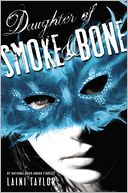 For the kids who read the recommended books like A Monster Calls and Legend and Daughter of Smoke and Bone, where are the similar numbers of fantastic genre recommendations for when they grow up?
For the kids who read the recommended books like A Monster Calls and Legend and Daughter of Smoke and Bone, where are the similar numbers of fantastic genre recommendations for when they grow up?









